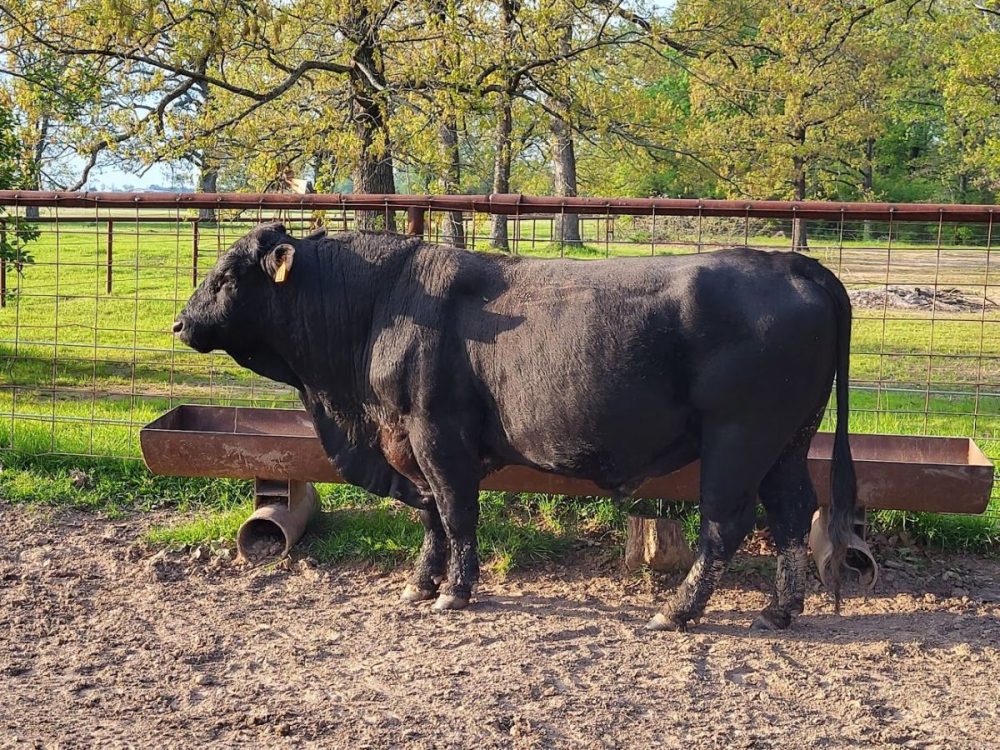Why Does the US Import So Much ‘Lean Trim’?
July 29, 2025 – The U.S. imports lean beef trim primarily to meet consumer demand for ground beef with specific fat-to-lean ratios—most commonly the 80/20 blend. Domestic cattle, particularly grain-fed steers raised for premium cuts, produce beef with higher fat content. This means U.S. processors often lack enough naturally lean trimmings to blend into ground beef at the desired consistency and price point.
To solve this, the U.S. imports lean trim from countries like Australia, New Zealand, and Mexico. These countries raise cattle on grass, which tends to produce leaner beef. The imported lean trim is blended with fattier domestic trimmings to create affordable, high-volume ground beef products sold in fast food, retail, and institutional markets.
At the same time, the U.S. exports higher-value beef cuts—such as steaks, short ribs, and variety meats—to international markets. Countries in Asia and the Middle East, for example, have strong demand for cuts that may not be as highly valued by American consumers. This strategy allows the U.S. beef industry to maximize carcass value: premium cuts are shipped abroad for top dollar, while lean trim is imported at lower cost to support mass ground beef production at home.
In essence, the U.S. beef trade is based on specialization and efficiency—importing what it needs (lean trim) and exporting what the world pays a premium for (high-quality cuts). This global trade balance helps stabilize domestic prices, reduces waste, and supports the profitability of the American beef industry.







